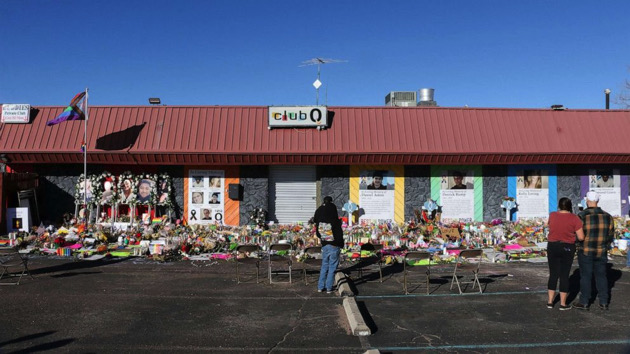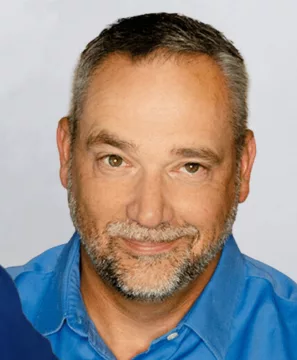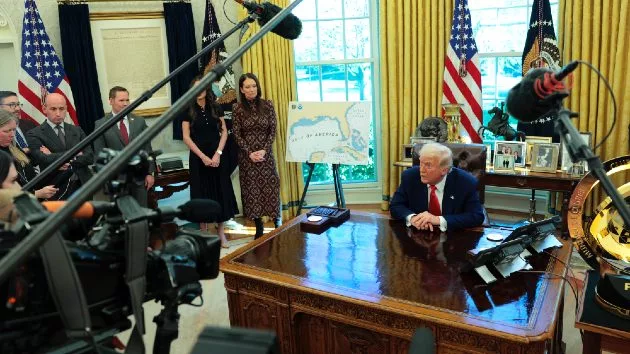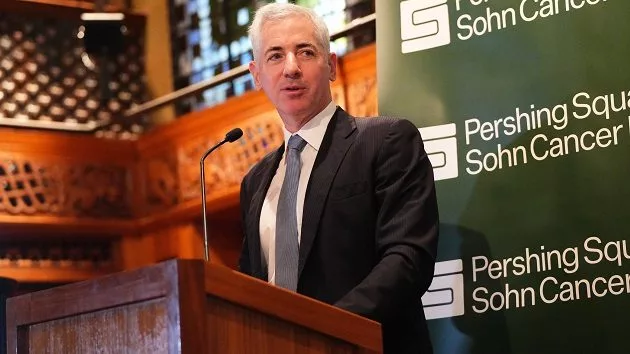
(NEW YORK) — When Ashtin Gamblin remembers the night she was shot nine times, she can picture herself lying in the ambulance and worrying about whether she could afford it.
“That’s how the American medical system is,” she told ABC News. “I just got shot and I’m concerned about how I’m going to pay for the ambulance ride.”
Gamblin worked at the front door of Club Q, a gay nightclub in Colorado Springs where an attack last November left five dead and dozens injured. Bullets pierced Gamblin’s arms and chest, sending her to the hospital for an emergency surgery and a six-day hospital stay, she said.
After returning home, Gamblin received a letter telling her that the health care costs totaled $300,000 and her private insurance wouldn’t cover it.
Gamblin is one of hundreds injured in mass shootings each year. As of May, the nation had played host to 184 mass shootings this year, which left 248 dead and 744 injured, according to the Gun Violence Archive.
While data for the cost of mass shooting-related injuries is limited, the treatment for health care tied to gun violence totals billions each year, drawing on public and private insurance ultimately paid by the nation’s taxpayers and employers, experts told ABC News.
“The human toll but also the financial toll that results from these types of injuries is massive,” Patrick Carter, a professor of emergency medicine at the University of Michigan and co-director of the Institute for Firearm Injury Prevention, told ABC News.
Treatment for the first year after a gun attack raised medical spending for survivors by an average of $30,000, a fourfold increase from the costs incurred by a given individual over a typical year, according to a study released last year by Zirui Song and a group of colleagues at Harvard Medical School and Massachusetts General Hospital.
Accounting for roughly 85,000 gun violence survivors each year, the added cost of the initial treatment totaled $2.5 billion, the study found.
“These are costs that society has to incur,” Song told ABC News.
Ninety-six percent of the added health care costs fell to public insurance programs such as Medicare and Medicaid and other insurance programs such as workplace compensation, as well as private insurance coverage offered by an employer, Song said, noting that the remaining 4% came out of pocket from victims who lacked insurance or opted to cover the health care themselves.
Between 2010 and 2022, the cost of initial hospital treatment for gun violence victims in New York City was borne primarily by Medicare and Medicaid, which covered at least 70% of the costs, according to a study published in December by Gina Moreno, a senior research analyst at the Research and Evaluation Center at John Jay College.
Since Medicare and Medicaid receive funding from the federal government, the costs fall on taxpayers nationwide, Moreno told ABC News.
“It doesn’t matter if you’re a person in a small town in Utah, you as a taxpayer are covering someone who gets hurt in Queens,” Moreno said.
Such findings account for only a portion of the costs, however, since they exclude long-term treatment as well as indirect effects, such as lost income or resources required to support family members, experts said.
In an effort to account for the broader range of costs, advocacy group Everytown found in a report last year that gun violence costs the U.S. $557 billion each year, which amounts to about 2.6% of the country’s gross domestic product. Roughly $12.6 billion is paid by taxpayers, the group found.
The study incorporated short-term and long-term health care costs, as well as resources required for the criminal justice system and a monetary equivalent for pain and suffering, the organization said.
“Regardless of the firearm injury, there are long-term consequences that persist for a lifetime,” said Carter. “Those fall largely on our health insurance system.”
The health effects of mass shooting injuries extend to family members, too. Over a year-long period after a gun-related injury, family members of the victims experienced a 12% increase in psychiatric disorders, Song and his colleagues found.
“These firearms have a breadth of ripple effects across families, employers and society,” Song said. “This touches everyone.”
After the attack at Club Q, Gamblin had doctor appointments five days a week, she said. Currently, she receives 20 hours of weekly in-home care as well as psychiatric treatment for post-traumatic stress disorder, she added.
She estimates that her health care costs since the attack total more than $1 million. Ultimately, she received coverage from workers compensation and private insurance but the process has taken a toll, she said.
“In a perfect world, I wouldn’t be concerned about paying for this,” she said. “I didn’t ask for this.”
ABC News’ Kiara Alfonseca contributed reporting.
Copyright © 2023, ABC Audio. All rights reserved.






